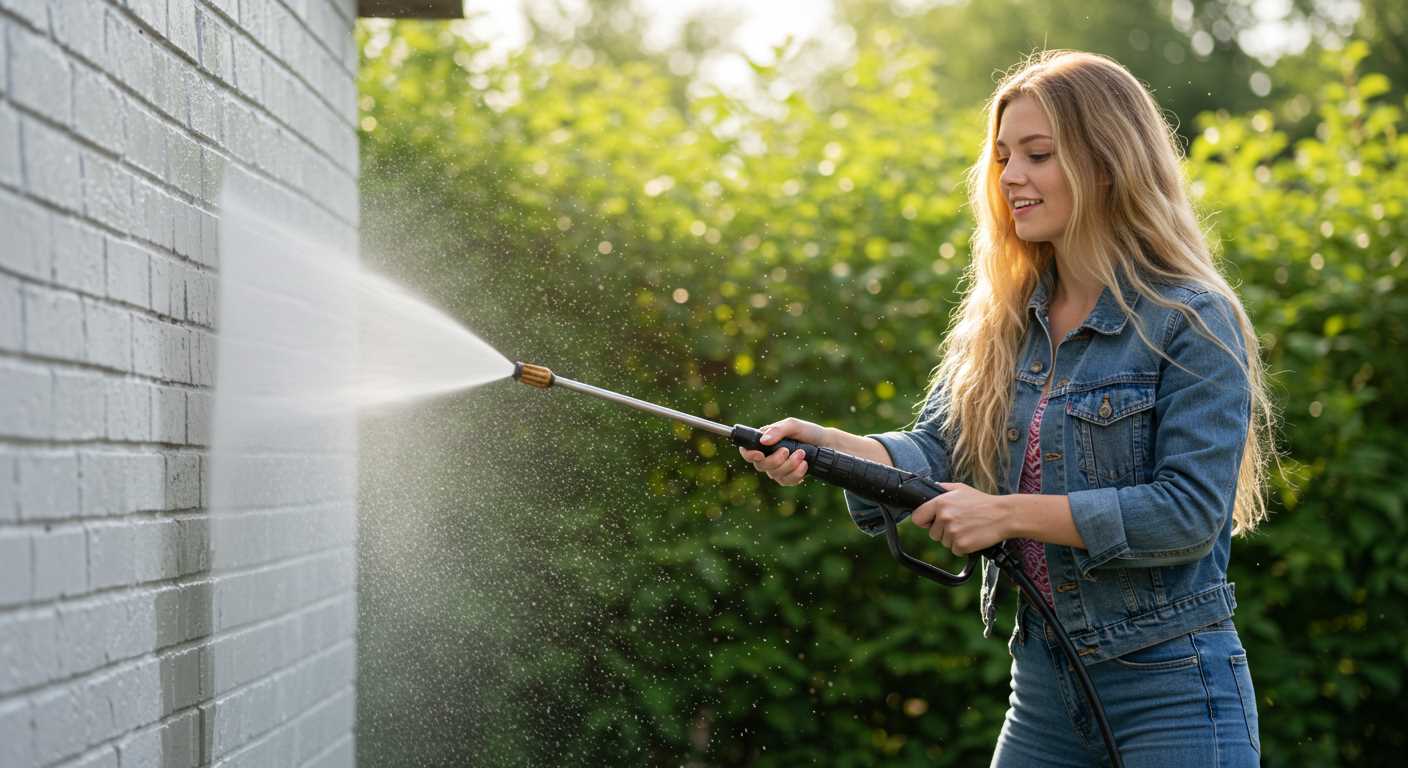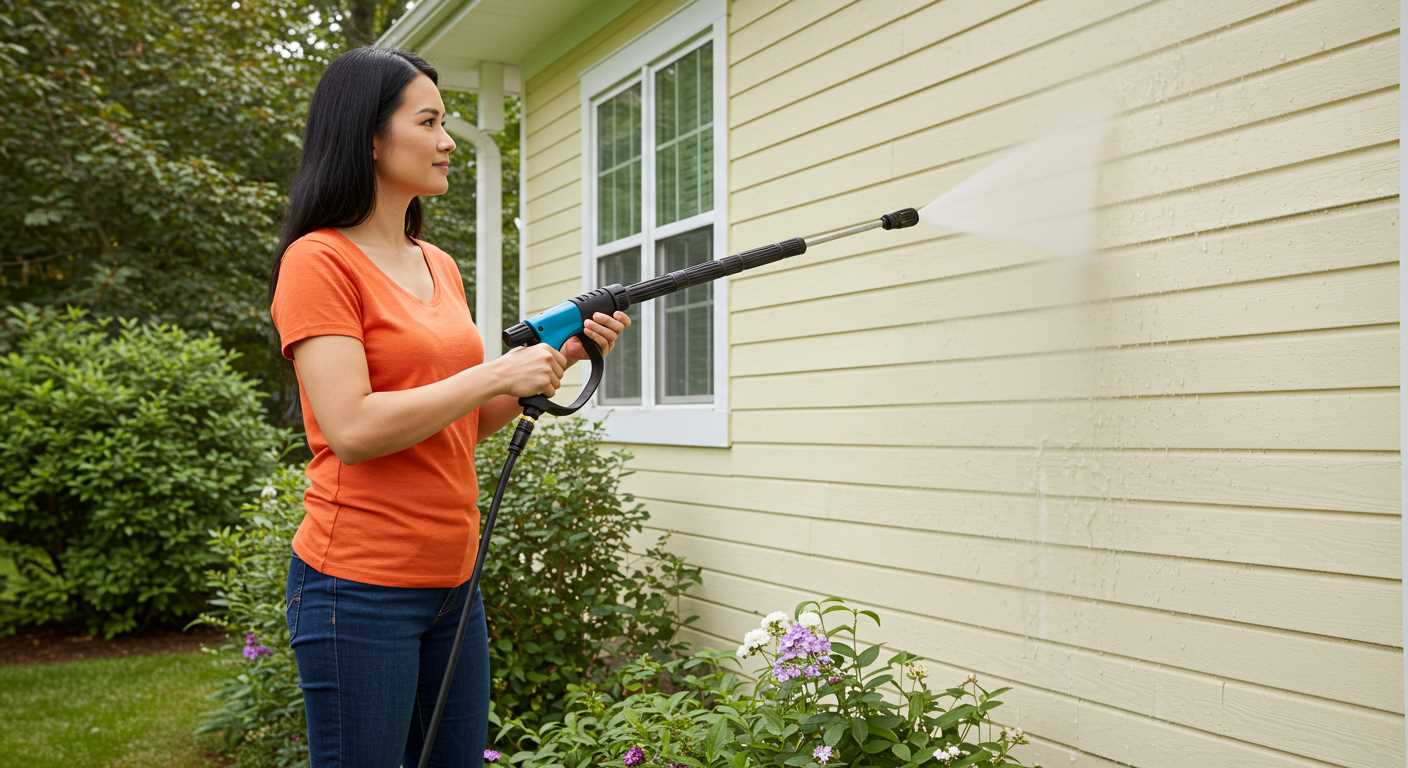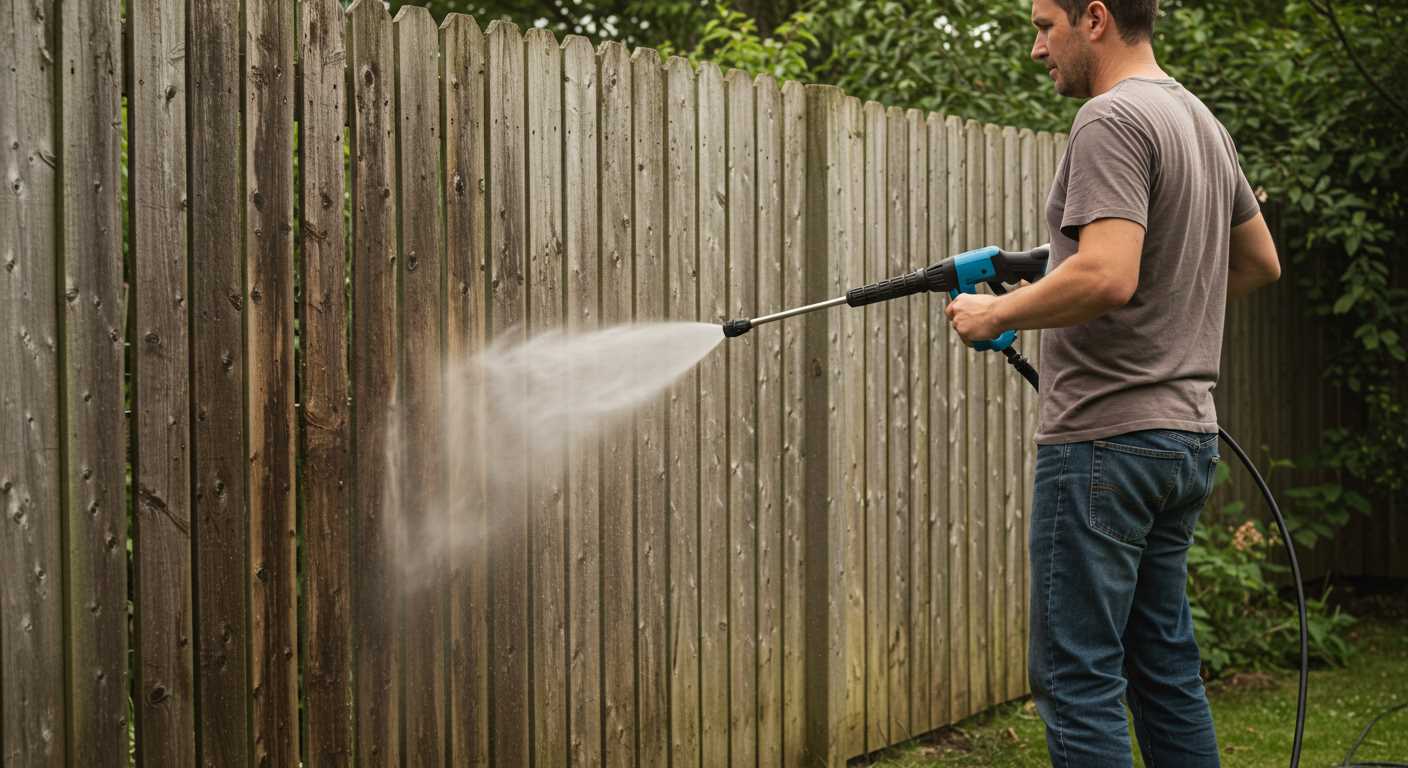



For maintaining the pristine appearance of glass structures, I recommend selecting a model with adjustable pressure settings, such as the Karcher K5 Premium Full Control. This unit strikes a remarkable balance between power and versatility, ensuring that delicate surfaces remain unharmed while effectively removing dirt and grime.
In addition, consider a unit with interchangeable nozzles, like the Bosch AdvancedAquatak 140. This model offers multiple spray options, perfect for tackling different surfaces and angles typically found in conservatories. The 140-bar pressure ensures that even stubborn residue comes off without excessive force, reducing the risk of damage.
Another standout choice is the Nilfisk E145, renowned for its reliability and ease of use. The integrated detergent system allows for seamless application of cleaning solutions, making it an excellent option for those who wish to enhance their cleaning routine with added effectiveness.
Ultimately, factor in your specific needs and space constraints. Features like a longer hose can provide better reach, while compact designs save storage space. Prioritising these elements will ensure a cleaner that meets your conservatory’s unique demands.
Choosing the right pressure washer type for conservatory maintenance
For maintaining conservatories effectively, I recommend opting for a lightweight, electric model with adjustable pressure settings and various nozzle attachments. These features allow for flexibility when cleaning different surfaces such as glass, frames, and surrounding areas.
- Electric models: They produce less noise, have lower maintenance needs, and are suitable for residential use. Look for options around 130-180 bar pressure for optimal cleaning efficiency.
- Adjustable pressure: This feature is crucial to avoid damaging sensitive glass while ensuring effective dirt removal.
- Nozzles: A range of nozzles, particularly a fan spray and a rotating nozzle, provides versatility for various cleaning tasks. Opting for a model with interchangeable nozzles enhances usability.
- Weight and portability: Lightweight units with wheels facilitate movement and storage. Look for those under 15 kg for ease of handling.
- Cable length: A longer power cable increases reach and convenience, particularly for larger conservatories.
In my experience testing different brands, models like the Karcher K5 and Bosch Aquatak 150 have proven effective due to their reliability and performance. Always consider what specific features align with your cleaning needs, ensuring the selected tool can tackle both regular maintenance and stubborn stains efficiently.
Key features to consider for cleaning conservatory glass
.jpg)
When selecting equipment for glass surfaces of a conservatory, focus on specific attributes tailored to enhance cleaning efficiency and protect fragile features.
- Adjustable Pressure Settings: Look for machinery with adjustable pressure ranges, enabling delicate cleaning while still removing debris effectively. This helps prevent any potential damage.
- Compatibility with Detergents: Check if the unit permits the use of specialised cleaners for glazing materials, ensuring an effective clean without compromising surface integrity.
- Water Flow Rate: Opt for devices with a high flow rate; this maximises water coverage and speeds up the cleaning process, leaving no streaks behind.
- Lightweight and Maneuverable: Choose easily transportable models to reach all sections of the conservatory, particularly tricky areas like corners and tall structures.
- Variety of Nozzles: A multi-nozzle system provides versatility in cleaning, allowing adjustments for different types of grime and surface sensitivity.
- Safety Features: Prioritise equipment with safety mechanisms, such as automatic shut-off, ensuring that the device stops when not in use to prevent accidents.
- Durable Construction: Investigate materials used in construction. Durable, corrosion-resistant components extend the lifespan of cleaning gear, especially when used frequently outdoors.
These aspects will greatly enhance your cleaning routine, ensuring the longevity and clarity of conservatory glass structures.
Recommended pressure washer brands for conservatory care
Among various manufacturers, Kärcher stands out with its reliable and high-performing models. Their lighter units, like the K2, are particularly suitable for delicate surfaces, making them ideal for conservatory glass and frames.
Nilfisk offers impressive options known for durability and effectiveness. The C120 model is compact yet powerful, providing sufficient cleaning capabilities while preventing damage to fragile materials.
For those seeking versatility, Bosch’s AQT series delivers an excellent balance of portability and pressure control. The AQT 37-13 model is user-friendly, perfect for regular maintenance tasks.
Stihl is another brand worth considering. Their RE 109 combines robust design with efficiency, enabling hassle-free removal of dirt without risking surface integrity.
Lastly, Ryobi’s compact electric units provide portability and ease of use. Their RY14222 is particularly suited for quick cleaning jobs, making it a solid choice for conservatory upkeep.
Safe Pressure Levels for Cleaning Conservatory Structures

For maintaining conservatories, I recommend using water pressures between 1200 to 2000 PSI. Staying within this range ensures effective cleaning without damaging the delicate materials often found in these structures.
When dealing with glass surfaces, a lower PSI closer to 1200 is ideal to prevent chips or cracks. For tougher grime on frames or stone sections, you may use up to 2000 PSI, but keep a safe distance of around 12 to 18 inches from the surface to minimise risks of damage.
Apart from PSI, consider the GPM (gallons per minute) rating. A minimum of 1.4 GPM is beneficial for ensuring thorough rinsing while preventing excessive buildup of cleaning agents. Always opt for oscillating nozzles or adjustable spray tips to customise the force and focus of the water stream.
Before commencing, ensure that all windows and doors are securely closed to avoid water ingress, and check for any pre-existing damage in your structures to assess if a pressure clean is suitable. In instances where damage is apparent, a gentler cleaning method may be necessary.
Using consistent and moderate pressure levels alongside proper techniques will preserve the integrity of your conservatory while achieving that spotless finish.
Top Accessories to Enhance Cleaning Equipment Performance

A turbo nozzle significantly improves cleaning power, allowing for efficient removal of dirt with minimal effort. This accessory increases the water pressure output by concentrating the spray into a powerful rotating jet, making it particularly effective on stubborn stains.
Foam cannons are invaluable for applying cleaning agents evenly across surfaces. They mix air, water, and detergent to produce thick foam that clings better to vertical surfaces, allowing for deeper penetration into grime before rinsing.
Surface cleaners streamline the cleaning process for large flat areas. These devices come with multiple nozzles in a rotating head, covering more ground quicker than a traditional lance and producing an even finish without streaks.
Extending wands enable reach to high or difficult spots without the need for ladders. They add mobility and convenience when cleaning glass roofs or high windows, ensuring thorough cleaning without risking safety.
Detergents specifically formulated for glass are essential for achieving streak-free results. Make sure to choose pH-neutral options that are safe for both glass and the surrounding materials to prevent damage or discolouration.
Considering a quality hose reel can simplify storage and minimise tangling. An organised setup not only prolongs the lifespan of hoses but also makes it easier to switch between different attachments or cleaning tasks.
Invest in high-pressure extension hoses to increase flexibility and mobility. Longer hoses provide the freedom to clean larger areas without constantly moving the unit, hence improving efficiency.
Environmental Impact of Using Cleaners

Choosing a cleaning system can significantly influence your environmental footprint. Opting for an electric model instead of a petrol-driven variant can reduce emissions and energy consumption, which benefits air quality.
Water Usage
Minimise water waste by selecting tools equipped with adjustable flow controls. Many units now allow you to change the water output based on the specific cleaning task, thereby conserving resources while maintaining effective cleaning.
Detergents and Chemicals
Use eco-friendly cleaning solutions when necessary. Harmful detergents can pollute water systems and harm local wildlife. Look for biodegradable options that break down naturally and do not leave toxic residues.
Finally, consider proper disposal of wastewater. Wherever feasible, capture and recycle run-off water to prevent it from entering storm drains. Adopting these practices can lead to more sustainable cleaning routines and a healthier environment.
Maintenance tips for prolonging the life of your cleaning device
Regular cleaning of the exterior and internal parts is crucial. After each use, I clear any debris from the nozzle and take a moment to wipe down the outer casing to prevent build-up. Additionally, checking hoses for kinks or cracks ensures optimal flow and longevity.
Storage conditions play a significant role in durability. Keeping the unit in a cool, dry place prevents damage from moisture and extreme temperatures. I use a dedicated shelf in my garage that is away from direct sunlight to avoid overheating.
Every few months, I perform a thorough inspection of all components. This includes checking the filters for clogs and ensuring the connectors are secure. Replacing any worn parts immediately prevents more extensive issues later.
Use only manufacturer-recommended detergents. Chemical quality affects not just cleaning results but also the hardware itself. I keep an eye on the concentration level; diluted solutions help avoid corrosion in components.
Flushing the system with fresh water after using detergents is non-negotiable. This step clears residues that might otherwise corrode internal parts. I find it helpful to let my device run for a bit with water to ensure everything flows through correctly.
| Maintenance Task | Frequency |
|---|---|
| Clean exterior and nozzle | After each use |
| Inspect hoses and connectors | Every month |
| Check filters for clogs | Every few months |
| Change worn parts | As needed |
| Flush system with fresh water | After using detergents |
Following these guidelines has kept my equipment in excellent condition for years, allowing me to achieve great results while reducing the risk of unexpected breakdowns.









